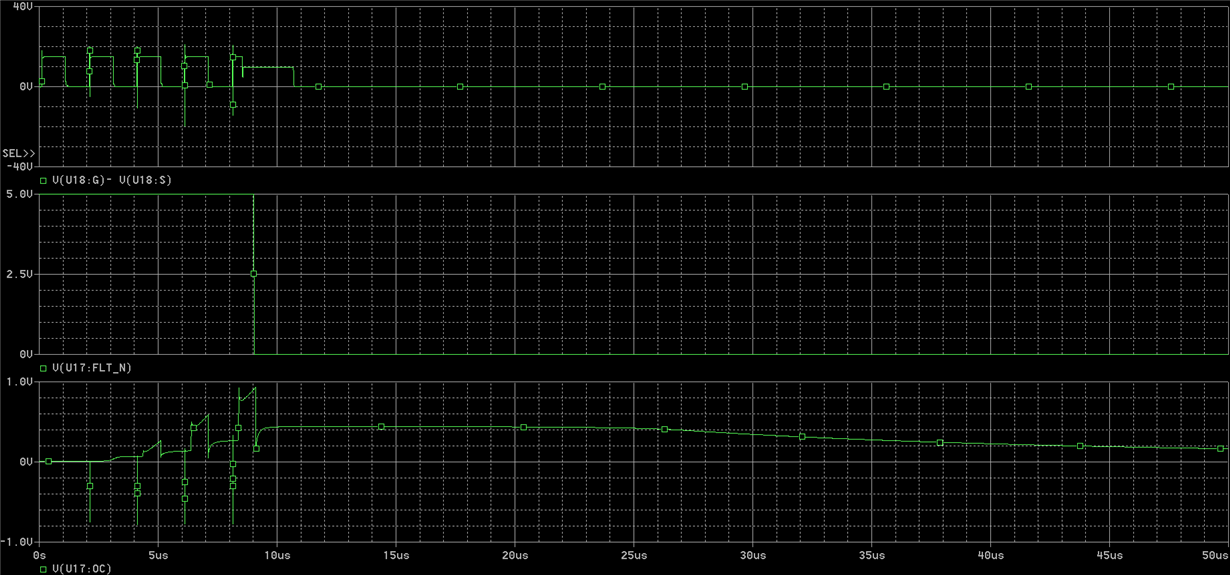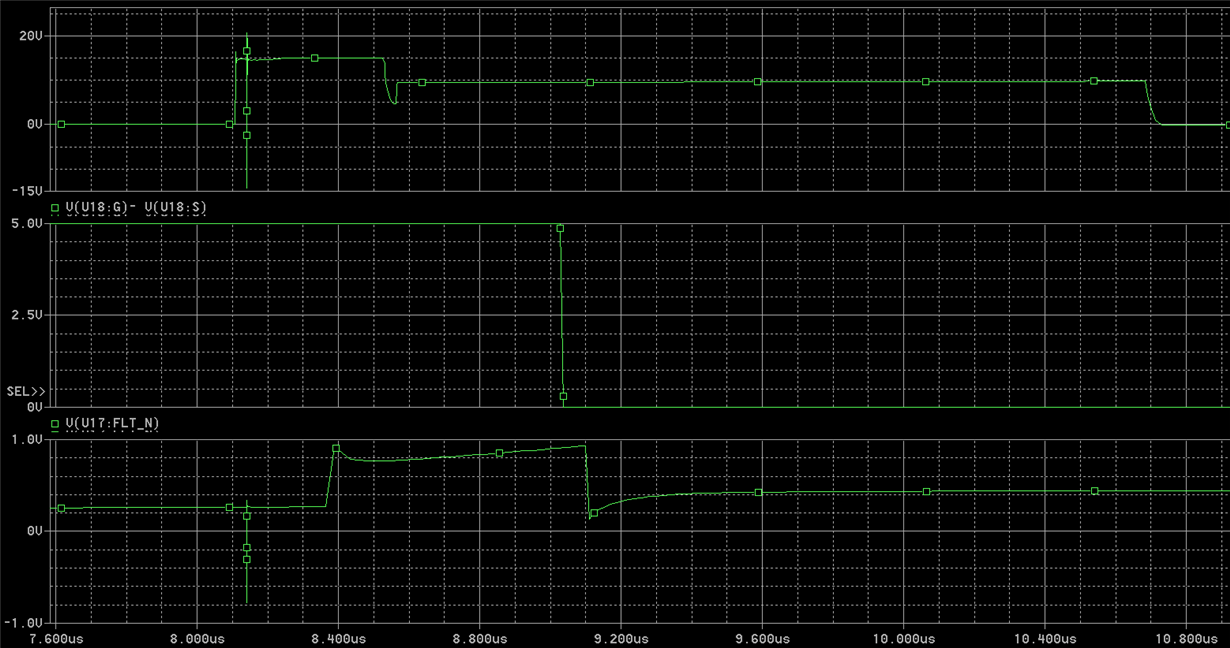Other Parts Discussed in Thread: UCC21732, INA213, INA186
My simulation was working fine until I downloaded the Pspice model of INA210 from TI website.
I added the library through the simulation profile and added the component to my parts library, but when I run the simulation I get the error
ERROR(ORPSIM-16276): Can't find library
.lib "nom.lib"
I looked for it under Cadence:\SPB_17.2\tools\pspice\library but I didn't find it. It is working fine when I remove that component and make my original circuit.
Apologies in case this is not the right forum to ask this question on (if it's a problem to be taken up with Cadence forum!)
Thanks.





